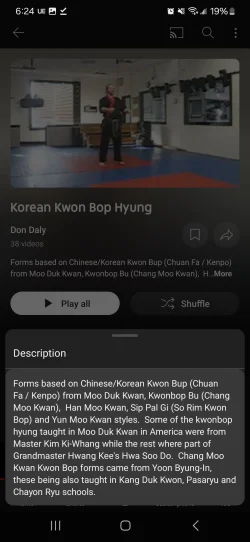I was taught 2 different ways by 2 different instructors. One way is the crescent. Feet nearly come together at you step forward in a front stance for example...like when doing low block or punch line drills. I'm not sure if it's connected...but this footwork was taught with the back foot turned out slightly.
I've seen versions where students tuck the back foot under the leading knee in stepping as well.
The other way doesn't emphasize the Cresent. The distance between feet remains much wider. Again unsure if connected...but this way they drilled both feet straight forward.
And fwiw...both systems argued their way favored balance if pushed while stepping. My honest opinion is they optimize for different things.
More like this (Crescent not emphasized)
Or this (Again not emphasized)

